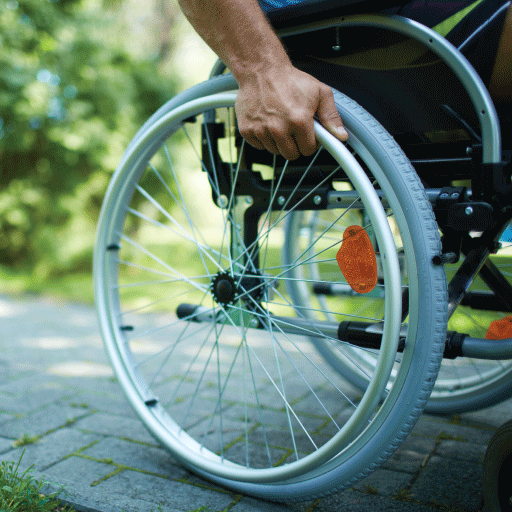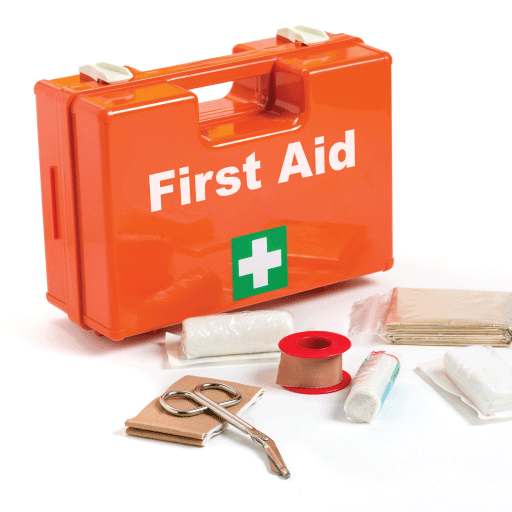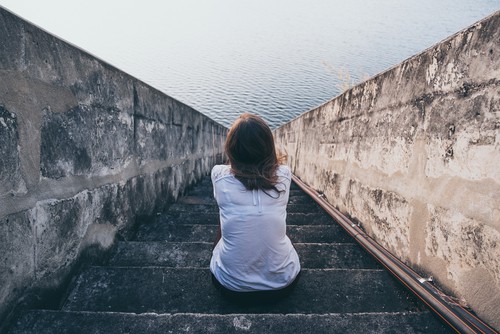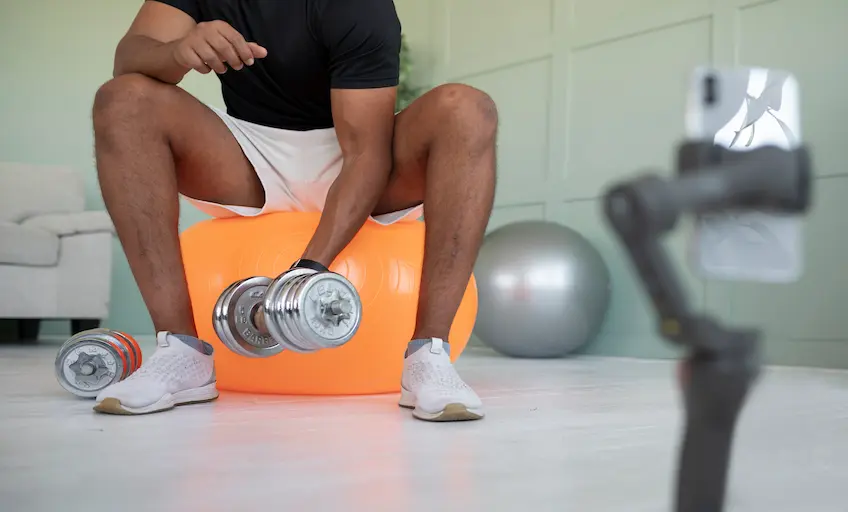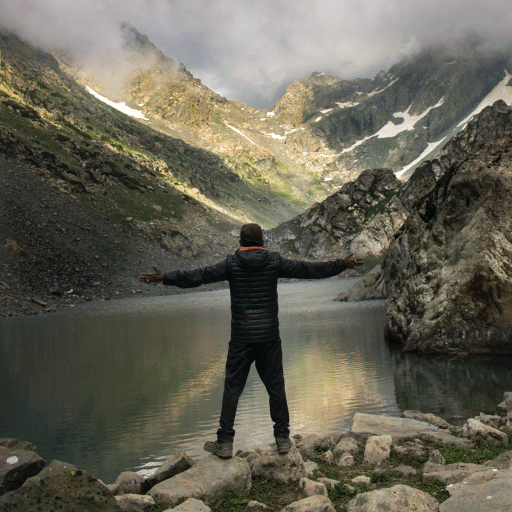
Hear the call of the mountains? Going on a trek is a great way to escape the chaos of the city to find peace in nature and follow a healthy lifestyle. After all, who can resist the breath-taking views? Before you start your journey into the wild, however, make sure you are prepared to meet anything you might encounter outdoors.
Ensure You Pack These Essential Items For A Safe Hiking Trip:
Stock Up On First Aid
Start with putting first aid supplies in a pouch or box, so you can take on any kind of emergency. Pack a hand-sanitiser to disinfect hands before treating injuries and for cleaning your hands before meals as well! Other basics to keep in your first aid kit include band-aids, bandages, cotton and generic medicines for cold and fever. Add tweezers so you can remove foreign objects like thorns that might get inside the cut. Pack a sprain relief spray, tablets for diarrhoea and allergies, an arm sling and splints for fractures. Also, make sure you have medicines to treat altitude sickness if required.
Add Trek-Friendly Items For Safety
Keep a headlamp or torchlight even if you’re only planning an afternoon trek. In case your trek takes longer, it’s important to have good visibility on the trail. A hiking pole or walking stick maintains your balance along steep, slippery slopes. Another item to add for safety is a whistle in case you move away from the group and get lost; the sound of the whistle can alert people to your location. Carry photocopies of your IDs in accessible parts of your backpack, along with details of an emergency contact.
Prepare For Company On The Trail
Be ready in case you meet animal companions on the trail! When trekking, you may need to deal with insects, reptiles, and other animals. If you go on monsoon treks in forest areas, carry salt to keep away leeches. Creating a spray water bottle with highly concentrated salt water makes this even easier. Simply aim at the leech, spray, and watch it drop back to the trail. For mosquitoes, wear insect-repelling cream that can be applied to the skin. For encounters with bigger animals like monkeys or bears, avoid packing brightly coloured clothing.
Pack The Right Kind Of Clothing
Wear a good pair of hiking boots that provide ankle support to reduce the chances of getting a sprain. Opt for clothing like full-length pants which ensure that you have fewer chances of getting struck by thorny bushes or bitten by insects. Read up about the climate of your trekking destination. Pack caps for treks to places where there’s a lot of sunshine. To prevent exposure to UV Rays, use a sunscreen with SPF 70 or more, and lip balms with SPF rating to prevent sunburn. A rain poncho or full-length jacket is a must-have item if you’re trekking in areas with unpredictable rainfall.
Food And Water Supplies
Dehydration and fatigue can be avoided by taking along appropriate food and water supplies. Keep in mind you need to drink 4-5 litres of water on a day’s trek, so pick a bottle accordingly. In high-altitude areas that have cold temperatures, water can freeze in normal water bottles. It’s ideal to take thermos bottles to such areas instead. Food supplies that you should pack include energising snacks like nuts, biscuits, energy bars, dry fruits etc.
Stock up on the right packing essentials to have a truly blissful trek!





 1800-270-7000
1800-270-7000

